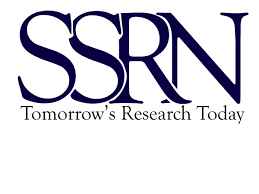
Using AI as Gatekeeper or Second Opinion: Designing Patient Pathways for AI-Augmented Healthcare
Tinglong Dai, Simrita Singh
Of the 950 artificial intelligence (AI) systems cleared by the U.S. Food and Drug Administration as of June 2024, most function as classifiers to help screen or diagnose specific medical conditions. Yet, questions remain about how to best integrate AI into healthcare workflows, including whether AI should serve as a gatekeeper, determining which patients require human attention, or as a second opinion to complement medical consultations. Motivated by this question, we model a healthcare system in which patients can consult a specialist, an AI system, or both. The key design question is whether the patient should first consult AI or the specialist, corresponding to AI's gatekeeper and second-opinion roles, respectively. We model a two-step decision-making process influenced by an initial signal, or anchor. Contrary to popular belief, we show using AI as a gatekeeper does not necessarily increase missed diagnoses; using AI as a second opinion, on the other hand, reduces missed diagnoses but can also increase false positives. In general, the gatekeeper approach is preferable in low-risk settings, whereas the second-opinion approach is better suited for high-risk patients for whom avoiding missed diagnoses is a primary concern. Notably, scenarios exists where AI should not be used for intermediate-risk patients for whom uncertainty is highest, challenging the premise that AI is most useful in reducing uncertainty. Finally, applying our model to glaucoma diagnosis, we numerically illustrate cost savings from optimizing patient pathways. Our work highlights the potential for AI to contribute to the United Nations' Sustainable Development Goals by optimizing resource allocation and improving patient outcomes.
Dai, T., & Singh, S. (2024). Using AI as Gatekeeper or Second Opinion: Designing Patient Pathways for AI-Augmented Healthcare. Available at SSRN 5055325.
